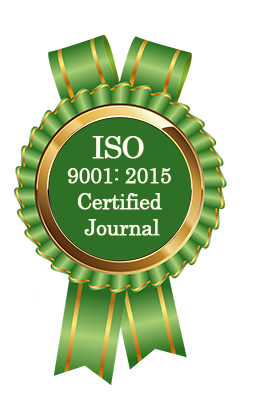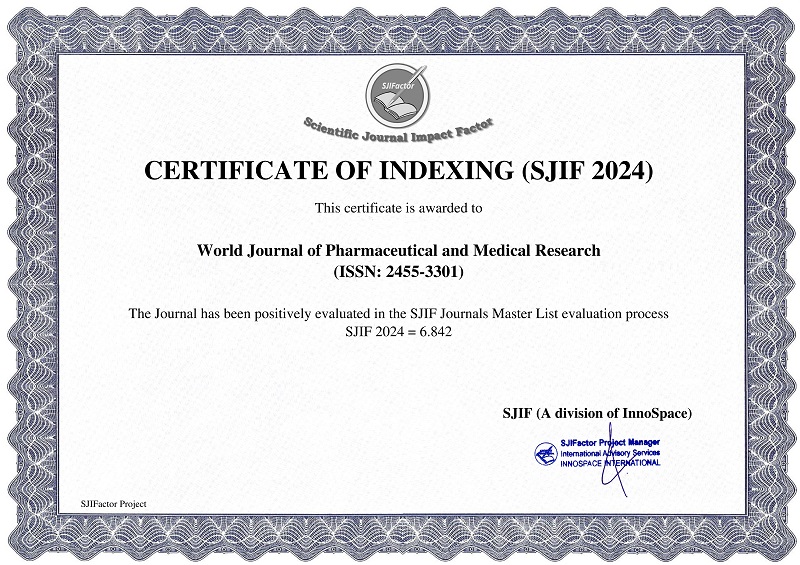LITERATURE REVIEW OF MUSTAK IN VARIOUS AYURVEDIC TREATISE
Maurya Mamta*, Tripathi S. M., Verma Simran, Singh Prashu
ABSTRACT
Cyperus rotundus Linn., commonly known as nut grass or Mustak, a highly valued rhizome widely used in Ayurvedic medicines. The plant rhizomes have been traditionally employed in the treatment of various ailments, such as fever, diarrhoea, diabetes, piles, inflammation, obesity, and skin disorders. In Ayurveda, Mustak considered as potent herb due to its broad therapeutic properties and value. Mustak described under several Ayurvedic groups such as Lekhaniya Mahakashaya, Triptighna Mahakashaya, and Kandughna Mahakashaya. The guna-karma (properties and actions) are also explained as laghu, ruksha guna; tikta, katu, and kashaya rasa; katu vipaka and sheet veerya. Mustak indicated as an ingredient in numerous Ayurvedic formulations such as Sadangapaneeya, Phaltrikadi kwath, Brahama Rasayan, Chavyanprash, Gangadhar churn, Chandraprabha Vati, Navayas lauh and used in the treatment of Jwar, Pipasa, Madhumeh, Kash, Sangrahani and Shoath. The therapeutic importance of Mustak well defined in classical texts including the Vedas, Samhitas, Kosha Granthas, and various Nighantus.
[Full Text Article] [Download Certificate]



